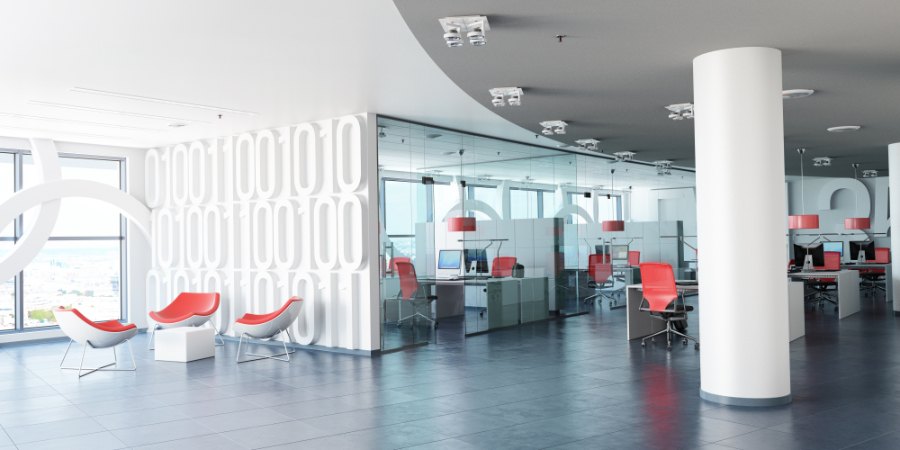Companies are now returning to the physical office, and the hybrid office will be the best bet to getting back to normal. Many offices are not fully optimized for the hybrid workplace due to the lack of need before the covid-19 pandemic.
According to a survey by IDC, which was carried out in August 2020, it was discovered that 8.4 percent of people in the US worked from home full or part-time before the COVID-19 pandemic, and that figure is expected to be 15.8 percent post-COVID-19. In this article, we are going to explore a few ways you can design your office for hybrid work.
1. Employee Safety and Well-Being
The COVID-19 figures are rising every day. Hence, it is important to focus on employee safety when designing the hybrid workspace. A good hybrid workplace must include cleaning and social distancing guidelines.
It is important to ensure that employees are not confused about what is expected of them in the office. This can be simplified with the use of technologies like digital signage solutions to keep employees informed about safety tips. Also, tables and chairs should be spaced out to allow for social distancing especially in shared spaces.
2. Employee Experience and Productivity
As companies embrace the hybrid structure, it is important to focus on technology choices that empower the employee experience and productivity. Choice of devices and apps should be based on ease of adoption and usage. Devices that allow easy collaboration help in boosting productivity. Employees who work from home should have the same access to technologies that promote team collaboration and productivity.
Also, work-from-home employees can use technologies like multiple displays, noise-canceling headphones, and premium microphones.
3. Reconfigure Your Space with Technology
According to the IDC, you need the following technologies to successfully reconfigure your space for an efficient hybrid workspace:
-
Proximity sensors: These are sensors that enable the detection of the presence of nearby objects without any physical contact.
-
Sanitation robotics: They are used as part of the regular cleaning cycle, and are effective in preventing and reducing the spread of infectious diseases, viruses, and bacteria.
-
Visitor management: With a Visitor Management System, you can easily track everyone who enters your building or your office.
-
Ventilation upgrades and controls: With energy-efficient ventilation systems, you can control and introduce fresh air.
-
Contact tracing: Office tracking system should be tracking the time and date of check-in and personal contact information of each visitor.
-
Security ID management and badging: Employee badging goes beyond dictating what areas you can and can't access. It's a framework for security, asset tracking, and task management.
-
Sensor-activated doors, elevators, lights: This will greatly help in reducing the risk of infection, and ensuring the wellbeing of employees.
-
Thermal imaging for temperature checks: Thermal imaging systems generally detect a high body temperature accurately when used appropriately.
The shift to a hybrid work model is a change that is positive and will fundamentally change how we conduct business. Companies need to prepare for a structured hybrid workspace.
Here are a few other articles we think you'll enjoy:
Will COVID-19 Kill Workplace
5 Reasons to Move Your Office to the Suburbs During
Subscribe to our blog for more CRE tips!!







